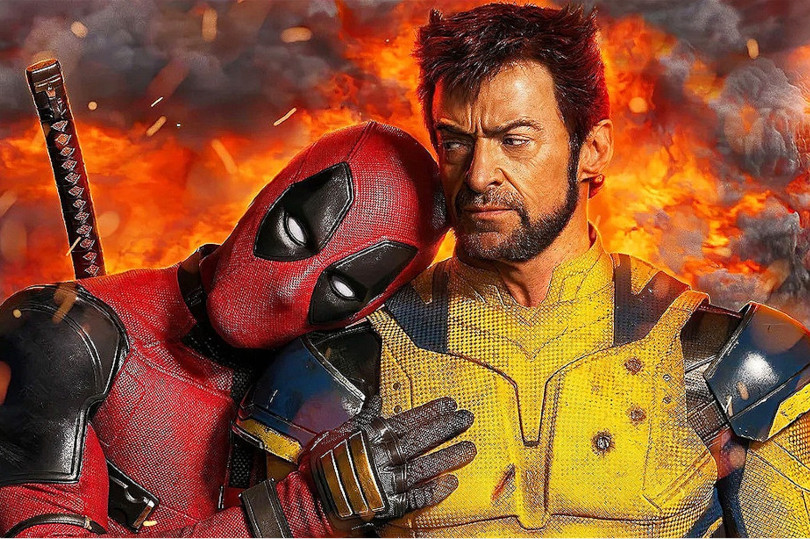On July 24th, Marvel released its latest film, “Deadpool & Wolverine.” The film, starring Ryan Reynolds and Hugh Jackman in their longtime roles as Deadpool and Wolverine, is the third in the “Deadpool” franchise. However, the film does more than push the lore of Deadpool. For many fans, it serves as a severance to the checkered past of Marvel movies. Since the intellectual property of various Marvel characters was acquired by studios like Fox and Sony, projects have often been poorly produced or delayed indefinitely. The “X-Me” franchise in particular is a mixed bag. The recurring performances of Hugh Jackman, James Marsden, Halle Berry, Patrick Stewart, and more kept interest in the films alive. However, continuity errors and little studio backing have made a comic-accurate live-action “X-Men” franchise a nerd’s dream.
In 2019, Disney acquired 20th Century Fox, reacquiring several Marvel characters. The deal created new opportunities to reintroduce these characters into the ever-growing Marvel Cinematic Universe. Marvel has already started to explore these opportunities in its recent projects. Kelsey Grammar returned in his role as Beast in the end credits of the Marvels film. Patrick Stewart returned as Charles Xavier in “Doctor Strange: Multiverse of Madness.” In “Deadpool & Wolverine,” Marvel does not hold back in reaffirming past heroes in its Cinematic Universe.
In True Deadpool Fashion
Unlike traditional heroes, Deadpool kills without a second thought, is immensely crass, and lacks self-restraint. He only seeks to protect those closest to him and is morally ambiguous, so long as he can achieve his goals. Deadpool was first introduced on the big screen in “X-Men Origins: Wolverine” and was unlike his comic book counterpart. This led to fans’ disappointment in the character and called for a better portrayal. In 2010, a Deadpool solo movie was in the works at Fox. Unfortunately, its R-rated content did not seem to be a good competitor to the PG-13-rated “Avengers.” The studio delayed the project indefinitely. After the project was shelved, leaks of test footage appeared online. The response was overwhelming. Fans instantly fell in love and were anxious to see more. Production immediately resumed and “Deadpool” was released in 2016.
Deadpool is a subversive character. In the comics, he constantly breaks the fourth wall–calling out cliches and tropes in the genre. His wit is beyond his universe as his criticisms extend to our reality. As such, he does not fit in with the ideological teams of the Marvel Universe. He is a Black sheep in a sense, at the intersection of everyone in the Universe, both hero and villain. It makes sense for Marvel’s resident bad boy, Deadpool, to drive the bus of reacquired characters head-first into the MCU. The “Deadpool” franchise is a testament to what happens when a studio intentionally seeks to respect the source material. If it was not for the leaking of test footage (some believe it was Reynolds himself), we may not have one of the best superhero movies of all time.
For the Fans, Not The Plot
Outside of Deadpool, the film also serves as a fitting end to the legacy of past Fox projects. While they were mired in controversy, the actors in the films gave their all to their performances. Much like the Marvel characters produced by Fox, Deadpool exists on the sidelines to the heroism shown by the “Avengers” saga. These films were inconsequential to the budding MCU and at risk of being lost to history. “Deadpool & Wolverine” is the perfect bridging of the new and past Marvel projects that were once lost to licensing deals.
Deadpool and Wolverine is playing now in theaters.
Featured image courtesy of National Observer.


